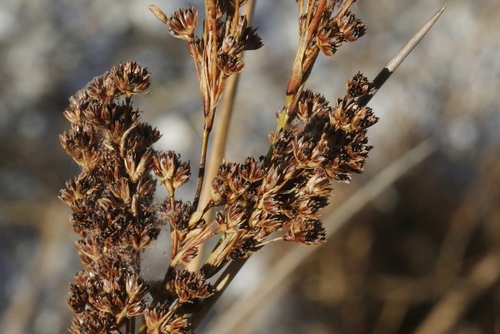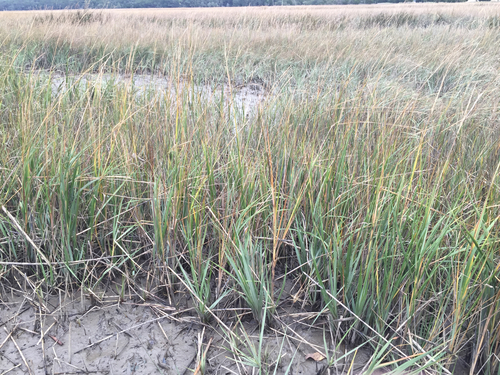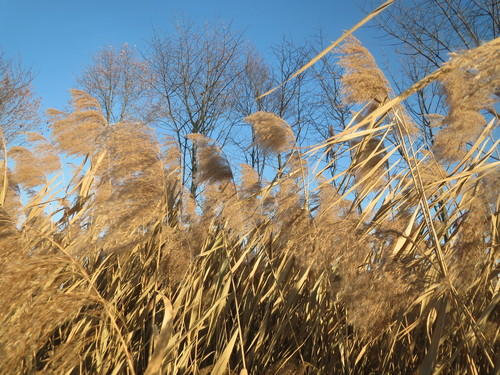My Garden

Sea Rush
Juncus kraussii
Juncus kraussii, commonly known as saltwater cordgrass, is a perennial, rhizomatous rush native to coastal areas. It forms dense clumps and is well-adapted to saline conditions, making it valuable for erosion control and habitat restoration in salt marshes and estuaries. It has cylindrical, dark green stems and inconspicuous flowers.
| Category | Details | |
|---|---|---|
| Plant Type | Perennial plant | |
| Estimated Plant Lifespan | 10 years lifespan | |
| Sun Requirements | 6+ hours direct sunlight (Full Sun) | |
| Watering Requirements | Method: Top watering Frequency: Keep the soil consistently moist, especially during the growing season. Notes: Juncus kraussii thrives in wet conditions and can tolerate brackish water. | |
| Humidity Requirements | Level: High Maintenance: No specific method required, as it naturally grows in humid coastal environments. | |
| Temperature Range | Min: -5°C Max: 40°C |

Saltmarsh Cordgrass
Sporobolus alterniflorus
Smooth cordgrass can co-exist in similar coastal habitats, providing a diverse habitat structure and further contributing to erosion control in the salt marsh environment.

common reed
Phragmites australis
Common reed is highly adaptable and can outcompete J. kraussii in disturbed or altered coastal environments, often forming dense monocultures.
Aphids
Aphids may occasionally infest Juncus kraussii, sucking sap from the stems. Symptoms include stunted growth and a sticky residue (honeydew) on the plant.
Steps:
- Dig up a clump of Juncus kraussii.
- Divide the clump into smaller sections, ensuring each section has roots and stems.
- Replant the divisions in suitable soil or location.
- Water thoroughly after planting.
Neem Oil
Neem oil can be used to control aphids, which are a potential pest of Juncus kraussii.
